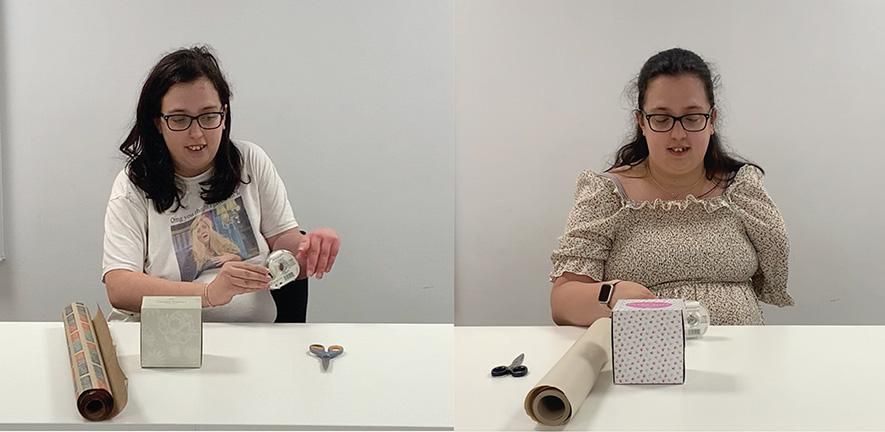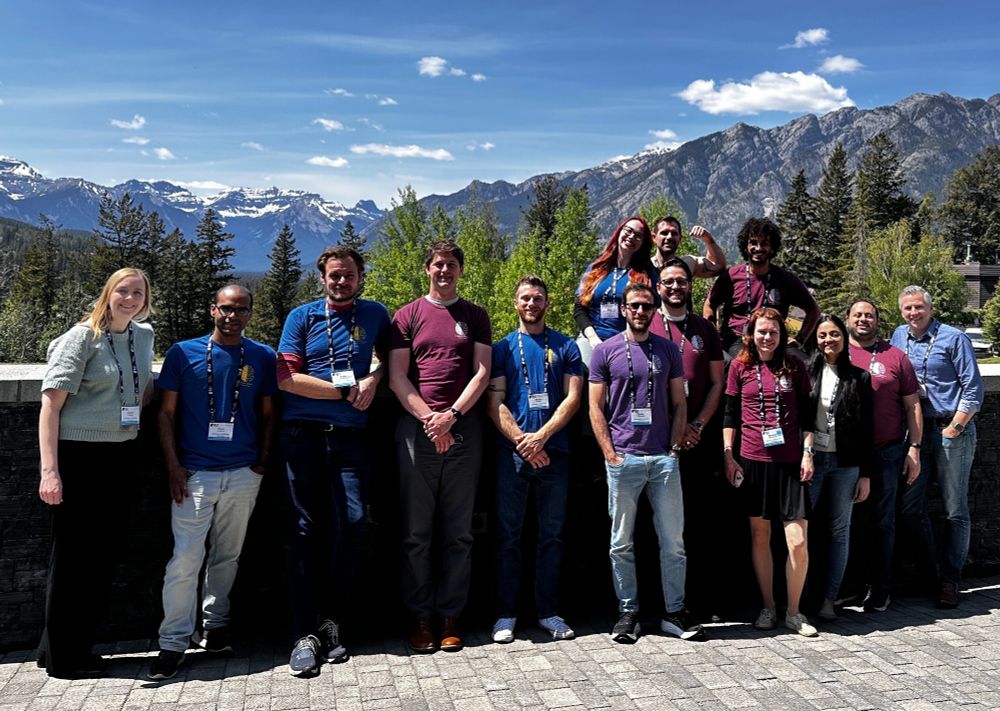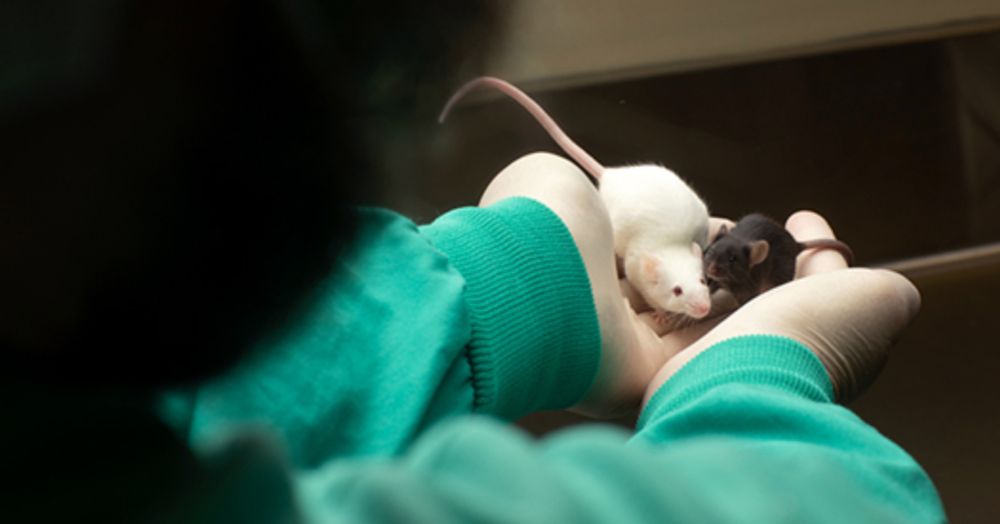
Assistive technologies and neuroplasticity | NIH BRAIN Initiative postdoctoral fellow in the Collinger lab at the University of Pittsburgh | Prev: UCL and NIMHgov | 🏳️🌈
What happens to the brain’s body map when a body-part is removed?
Scanning patients before and up to 5 yrs after arm amputation, we discovered the brain’s body map is strikingly preserved despite amputation
www.nature.com/articles/s41593-025-02037-7
🧵1/18
The lab has up to *3 postdoc openings* for comp systems neuroscientists interested in describing and manipulating neural population dynamics mediating behaviour
This is part of a collaborative ARIA grant "4D precision control of cortical dynamics"
euraxess.ec.europa.eu/jobs/383909

The lab has up to *3 postdoc openings* for comp systems neuroscientists interested in describing and manipulating neural population dynamics mediating behaviour
This is part of a collaborative ARIA grant "4D precision control of cortical dynamics"
euraxess.ec.europa.eu/jobs/383909
#neuroAI #compneuro jobs.utoronto.ca/job/Toronto-...
#neuroAI #compneuro jobs.utoronto.ca/job/Toronto-...
…the brain never forgets the missing limb?🧠

…the brain never forgets the missing limb?🧠
@hunterschone.bsky.social @cibaker.bsky.social @plasticity-lab.bsky.social
www.nature.com/articles/s41...

@hunterschone.bsky.social @cibaker.bsky.social @plasticity-lab.bsky.social
www.nature.com/articles/s41...
A new imaging study undermines that theory. https://scim.ag/45SInZQ

A new imaging study undermines that theory. https://scim.ag/45SInZQ
Credit to my other co-first authors Agnese Grison and Ciara Gibbs
1/n
www.medrxiv.org/content/10.1...

Credit to my other co-first authors Agnese Grison and Ciara Gibbs
1/n
www.medrxiv.org/content/10.1...


go.nature.com/3Jp9NPG

We found that the cortical maps are extremely stable, almost unchanged - even 5 years after amputation!
What happens to the brain’s body map when a body-part is removed?
Scanning patients before and up to 5 yrs after arm amputation, we discovered the brain’s body map is strikingly preserved despite amputation
www.nature.com/articles/s41593-025-02037-7
🧵1/18
We found that the cortical maps are extremely stable, almost unchanged - even 5 years after amputation!
@mrccbu.bsky.social @pittdeptofmed.bsky.social @plasticity-lab.bsky.social @hunterschone.bsky.social 🧪 #PhantomLimb #Research

@mrccbu.bsky.social @pittdeptofmed.bsky.social @plasticity-lab.bsky.social @hunterschone.bsky.social 🧪 #PhantomLimb #Research
By @avaskham.bsky.social
#neuroskyence
www.thetransmitter.org/plasticity/a...

By @avaskham.bsky.social
#neuroskyence
www.thetransmitter.org/plasticity/a...
What happens to the brain’s body map when a body-part is removed?
Scanning patients before and up to 5 yrs after arm amputation, we discovered the brain’s body map is strikingly preserved despite amputation
www.nature.com/articles/s41593-025-02037-7
🧵1/18
pubmed.ncbi.nlm.nih.gov/34172735/
pubmed.ncbi.nlm.nih.gov/37940595/

pubmed.ncbi.nlm.nih.gov/34172735/
pubmed.ncbi.nlm.nih.gov/37940595/
The only person I know that could have pulled off such a complicated project.
Really proud to be a part of it!
What happens to the brain’s body map when a body-part is removed?
Scanning patients before and up to 5 yrs after arm amputation, we discovered the brain’s body map is strikingly preserved despite amputation
www.nature.com/articles/s41593-025-02037-7
🧵1/18
The only person I know that could have pulled off such a complicated project.
Really proud to be a part of it!
Massive effort from @hunterschone.bsky.social who was in the awesome NIH/UCL PhD program with @plasticity-lab.bsky.social
What happens to the brain’s body map when a body-part is removed?
Scanning patients before and up to 5 yrs after arm amputation, we discovered the brain’s body map is strikingly preserved despite amputation
www.nature.com/articles/s41593-025-02037-7
🧵1/18
Massive effort from @hunterschone.bsky.social who was in the awesome NIH/UCL PhD program with @plasticity-lab.bsky.social
"We show adult sensory body maps are unaltered after amputation, suggesting deprivation-driven plasticity is even more marginal than argued by the strongest opponents of cortical reorganization."
What happens to the brain’s body map when a body-part is removed?
Scanning patients before and up to 5 yrs after arm amputation, we discovered the brain’s body map is strikingly preserved despite amputation
www.nature.com/articles/s41593-025-02037-7
🧵1/18
"We show adult sensory body maps are unaltered after amputation, suggesting deprivation-driven plasticity is even more marginal than argued by the strongest opponents of cortical reorganization."
What happens to the brain’s body map when a body-part is removed?
Scanning patients before and up to 5 yrs after arm amputation, we discovered the brain’s body map is strikingly preserved despite amputation
www.nature.com/articles/s41593-025-02037-7
🧵1/18
What happens to the brain’s body map when a body-part is removed?
Scanning patients before and up to 5 yrs after arm amputation, we discovered the brain’s body map is strikingly preserved despite amputation
www.nature.com/articles/s41593-025-02037-7
🧵1/18
What happens to the brain’s body map when a body-part is removed?
Scanning patients before and up to 5 yrs after arm amputation, we discovered the brain’s body map is strikingly preserved despite amputation
www.nature.com/articles/s41593-025-02037-7
🧵1/18

@jenpitt.bsky.social @giacomovalle.bsky.social @johndowney.bsky.social @miskarous.bsky.social

@jenpitt.bsky.social @giacomovalle.bsky.social @johndowney.bsky.social @miskarous.bsky.social
This is quite damaging to research and to individuals.
This is pure terrorism and cannot be legal. But litigation will take time...
This is quite damaging to research and to individuals.
This is pure terrorism and cannot be legal. But litigation will take time...



For more trending articles, visit ow.ly/Me2U50SkLRZ.

For more trending articles, visit ow.ly/Me2U50SkLRZ.


